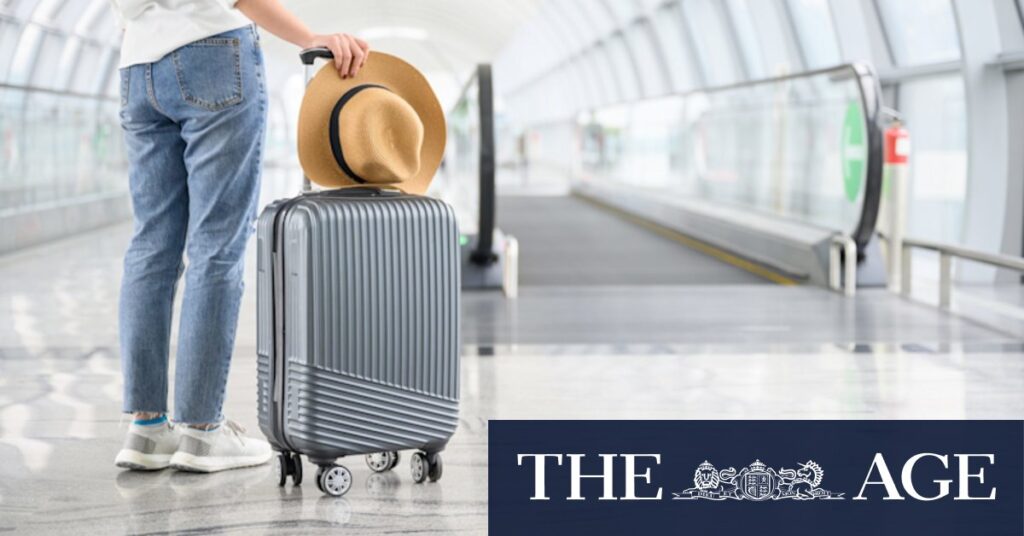
Qantas has recently implemented a stringent approach to carry-on luggage, causing quite a stir among travelers. This comes as Virgin Australia announces changes to its own carry-on policies, sparking a broader conversation about the evolving landscape of air travel baggage regulations.
Last week, passengers flying from Sydney to Brisbane with Qantas were greeted with a stern warning: any excess carry-on luggage would have to be checked in and might not arrive on the same flight. This tactic proved effective, as evidenced by the unusually empty overhead compartments during the flight.
Virgin Australia’s New Carry-On Policy
Meanwhile, Virgin Australia has revised its carry-on baggage rules, allowing passengers to bring only one item weighing up to 8kg, along with a personal item such as a laptop or purse. This change is aimed at improving the onboard experience by reducing clutter in the overhead compartments.
Virgin’s adjustments place it in the middle of the spectrum of Australian domestic airlines in terms of carry-on allowances. Jetstar permits 7kg of carry-on, with an option to pay for up to 14kg, while Qantas offers a more generous allowance of either one 10kg bag or two smaller bags totaling 14kg for domestic flights.
Comparisons with Global Carriers
These developments in Australia contrast with policies of budget carriers like EasyJet and Ryanair in Europe, where strict enforcement of baggage rules is a significant revenue stream. EasyJet even incentivizes staff to catch passengers with oversized baggage, a practice not commonly seen in Australia.
Globally, airlines vary widely in their approach to carry-on luggage. Some, like the aforementioned European budget airlines, are notorious for their strict policies and additional charges. Others, particularly international carriers, tend to be more lenient, focusing instead on passenger convenience and comfort.
The Traveler’s Perspective
For frequent flyers like travel writer Ben Groundwater, these changes are more of a mild inconvenience than a major hurdle. Groundwater admits to bending the rules slightly, opting for a small backpack that appears less conspicuous than a wheeled suitcase. His strategy involves careful packing to ensure he doesn’t exceed the weight limit while keeping essentials close at hand.
Groundwater’s approach highlights a common sentiment among travelers: the desire to avoid the hassle of checked baggage while still having access to necessary items during the flight. This balancing act is becoming increasingly challenging as airlines tighten their policies.
Implications for the Future of Air Travel
The shift in carry-on policies reflects broader trends in the airline industry, where operational efficiency and passenger experience are paramount. As airlines continue to refine their baggage rules, travelers may need to adjust their packing habits and expectations.
Experts suggest that these changes could lead to a more streamlined boarding process and improved in-flight comfort, but they also caution that airlines must balance these benefits with passenger satisfaction. The key will be clear communication and consistent enforcement of policies to avoid confusion and frustration among travelers.
As airlines navigate these changes, passengers are encouraged to stay informed about the specific rules of their chosen carriers and plan accordingly to ensure a smooth travel experience.
In conclusion, while the new carry-on limits may pose challenges, they also offer opportunities for airlines to enhance the overall travel experience. As the industry evolves, both airlines and passengers will need to adapt to these changes, finding new ways to balance convenience and compliance.







